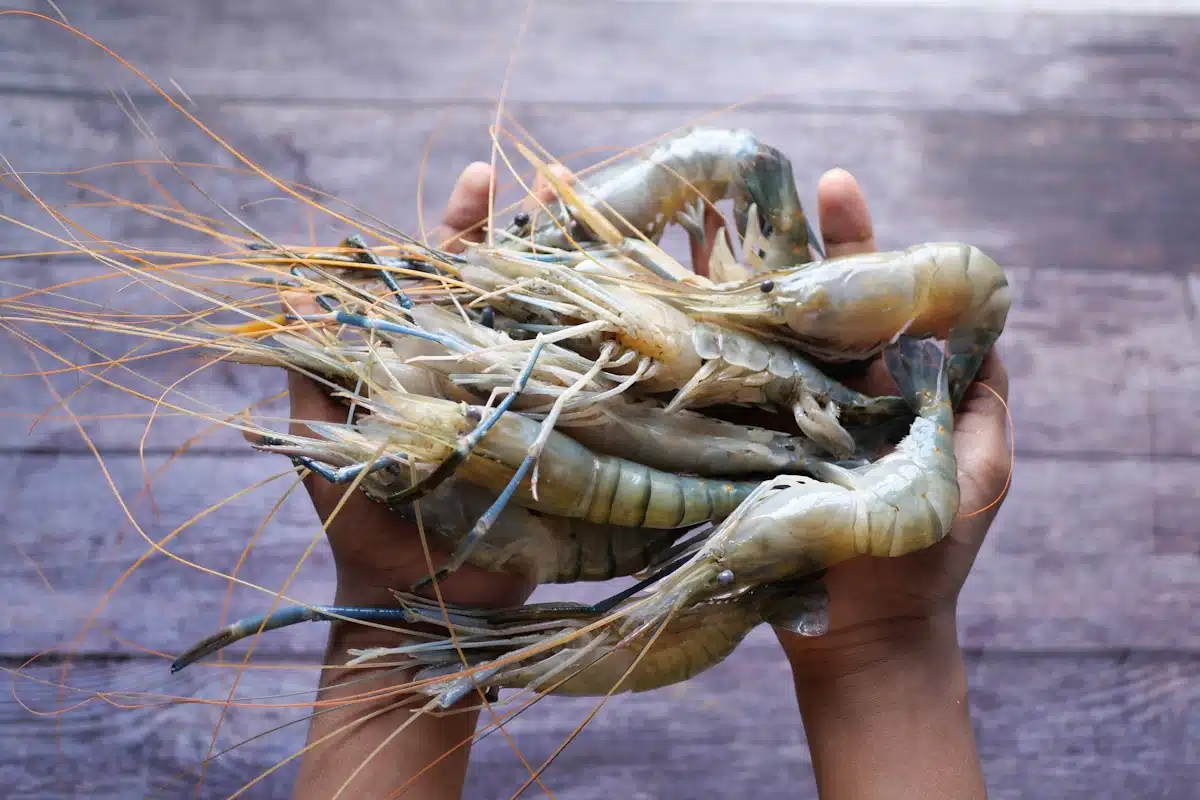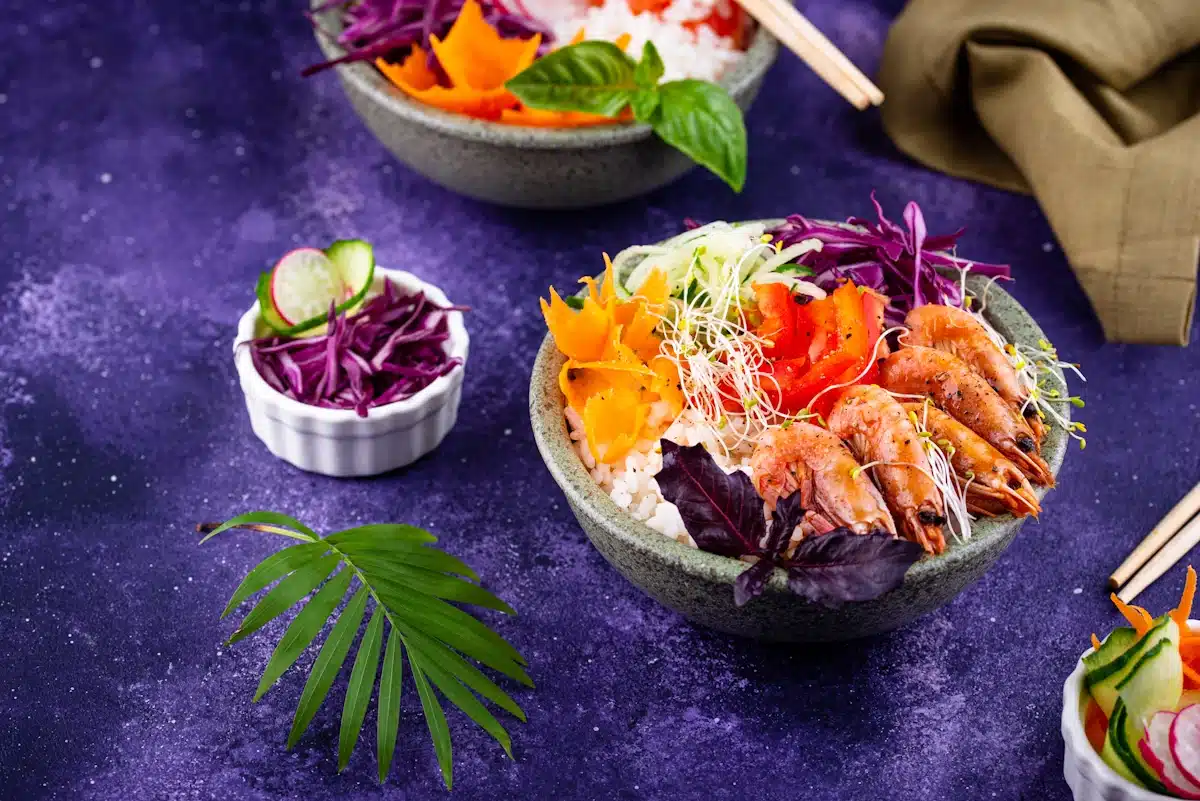
Incorporating Chinese seafood into our diets can be incredibly beneficial for managing diabetes. With its rich flavours and health benefits, Chinese seafood offers a delicious and nourishing option for those seeking to control their blood sugar levels. Additionally, the versatility and health benefits of bok choy in Chinese cuisine make it a great addition to various dishes like stir-fries and soups. In this article, we’ll explore multiple mouthwatering Chinese seafood lunch options that are diabetes-friendly, satisfying, and enjoyable. It is important to make informed choices about Chinese foods, such as opting for vegetable-based dishes and being mindful of carbohydrate intake to maintain stable blood sugar levels. Let’s dive into the world of Chinese seafood and take charge of our health.

When chosen wisely, Chinese food can be a part of a healthy, diabetes-friendly diet. Understanding the nutritional content of various Chinese dishes is essential for managing blood sugar levels. Here are some key considerations:
Chinese seafood offers numerous health advantages, especially for individuals managing diabetes. One of the standout benefits is its rich source of Omega-3 fatty acids. These essential nutrients have been linked to a reduced risk of heart disease, improved brain function, and reduced inflammation, all of which are particularly beneficial for individuals with diabetes.
Chinese cooking plays a crucial role in incorporating traditional ingredients and methods, such as lotus root and shiitake mushrooms, which contribute to the health benefits of Chinese seafood.
Additionally, Chinese seafood provides nutrient-rich, low-carb options, making it a diabetic-friendly choice. These options are essential for individuals looking to manage their blood sugar levels effectively. By choosing Chinese seafood, we can enjoy the benefits of Omega-3 while also embracing low-carb, nutrient-rich options that are particularly suited for individuals aiming to manage their diabetes effectively.

Steamed fish with ginger and scallions offers a delightful and nutritious option for individuals managing diabetes. This diabetic-friendly cooking method preserves the delicate flavours and textures of the fish while maintaining its nutritional value.
Key Benefits:
Recipe:

Stir-fried shrimp and vegetables balance protein and fibre, making them an excellent choice for diabetics. Shrimp is low in carbohydrates and calories and a good source of protein.
Key Benefits:
Recipe:
Crab and Asparagus Soup is a nourishing and low-carb option that fits perfectly into a diabetic meal plan.
Key Benefits:
Recipe:
Grilled Salmon With Soy Glaze provides a flavorful and diabetes-friendly option. The soy glaze offers a burst of umami without spiking blood sugar levels.
Key Benefits:
Recipe:
Sichuan-style Spicy Tofu and Prawns combine spicy prawns and tofu variations, offering a nutritious, satisfying, diabetic-friendly meal.
Key Benefits:
Recipe:
Cooking techniques can greatly impact the nutritional content of Chinese dishes. Here are some techniques to help create diabetes-friendly Chinese food:
Yes, Chinese seafood lunches can be a part of a diabetic’s meal plan. They offer diabetic-friendly recipes and nutritional benefits. Incorporating these meals in moderation can support a balanced diet for diabetics.
Avoid deep frying and use low-sodium soy sauce. Nutritional substitutes and gentle cooking methods ensure healthy, delicious meals.
Seafood substitutes like tofu, tempeh, or seitan can be used to adapt to Chinese cuisine. Many allergy-friendly recipes are available, ensuring everyone can enjoy flavorful Chinese meals.
Portion sizes should prioritize nutritional value and safe cooking techniques. Pay attention to allergies and alternatives for a healthy and enjoyable meal.
Focus on seafood sourcing and diabetic-friendly seasoning to ensure freshness and safety for a diabetic diet. Purchase from reputable suppliers and use minimal salt and sugar in cooking.

Enjoy the flavors of Chinese cuisine while staying on track with your

Create the perfect Lunch for Young Children with our comprehensive guide! Discover

Ditch the carb cravings and stay energized while working from home with

Connecting with a lunch buddy network can offer numerous benefits that can

For those adapting to the increasing teleworking trend, the lunch break takes on a new dimension. Here, the challenge is not about escaping the office environment but enhancing the home setting to create a refreshing break from work.
The Lunch Pro addresses these needs by offering creative ideas for time-efficient and satisfying home meal preparations, ensuring that teleworkers can effectively detach from their work roles, even briefly.